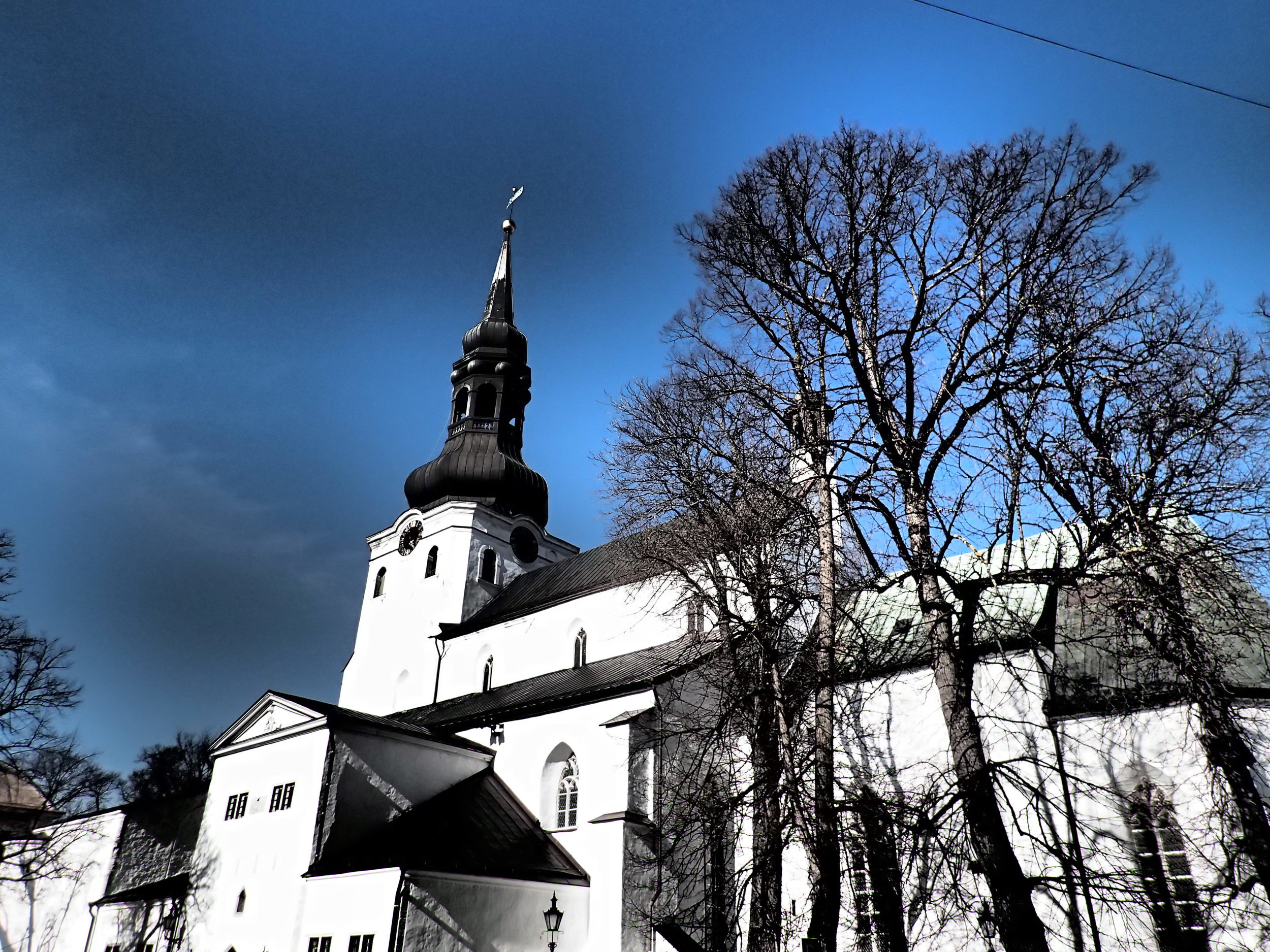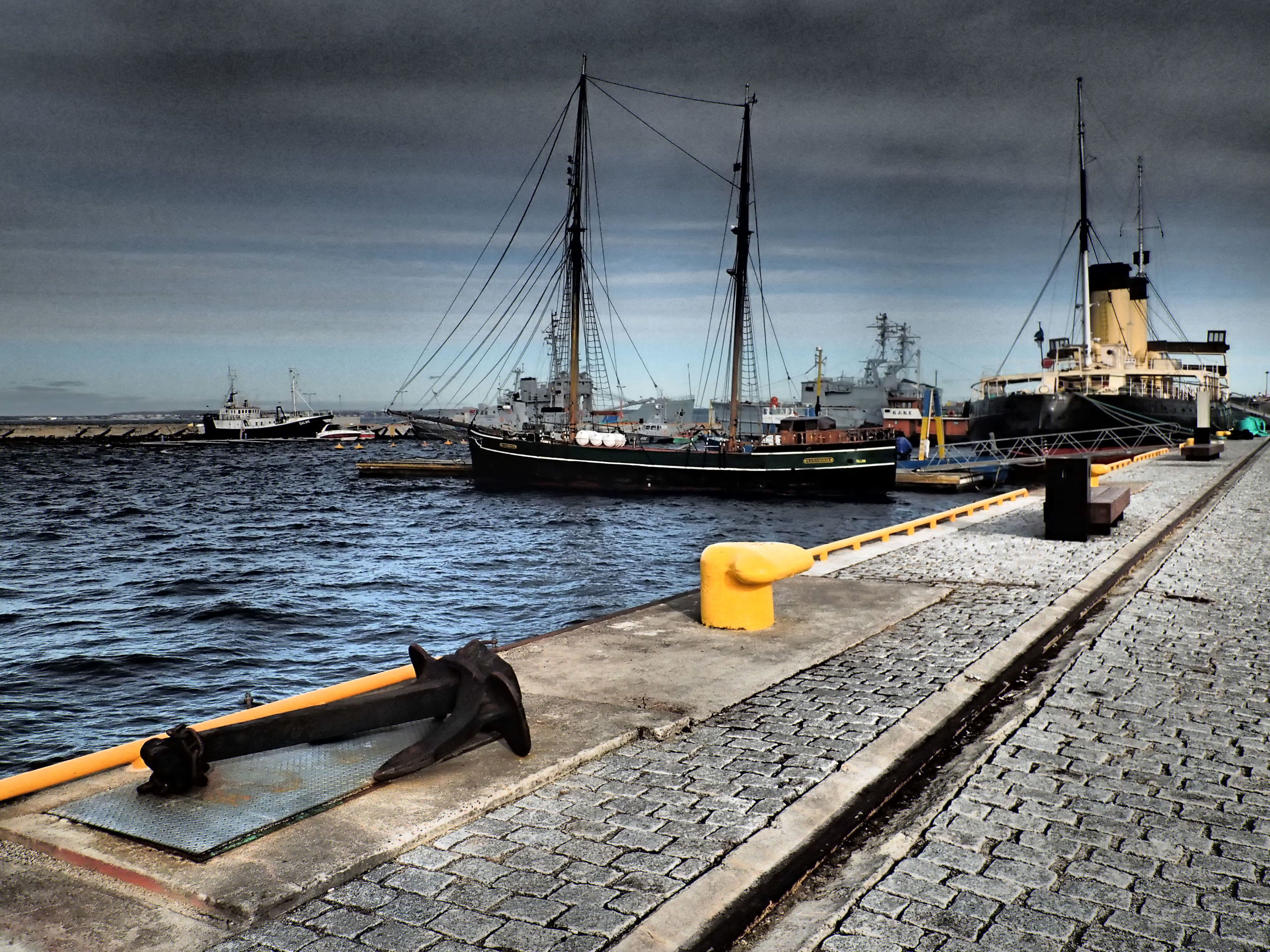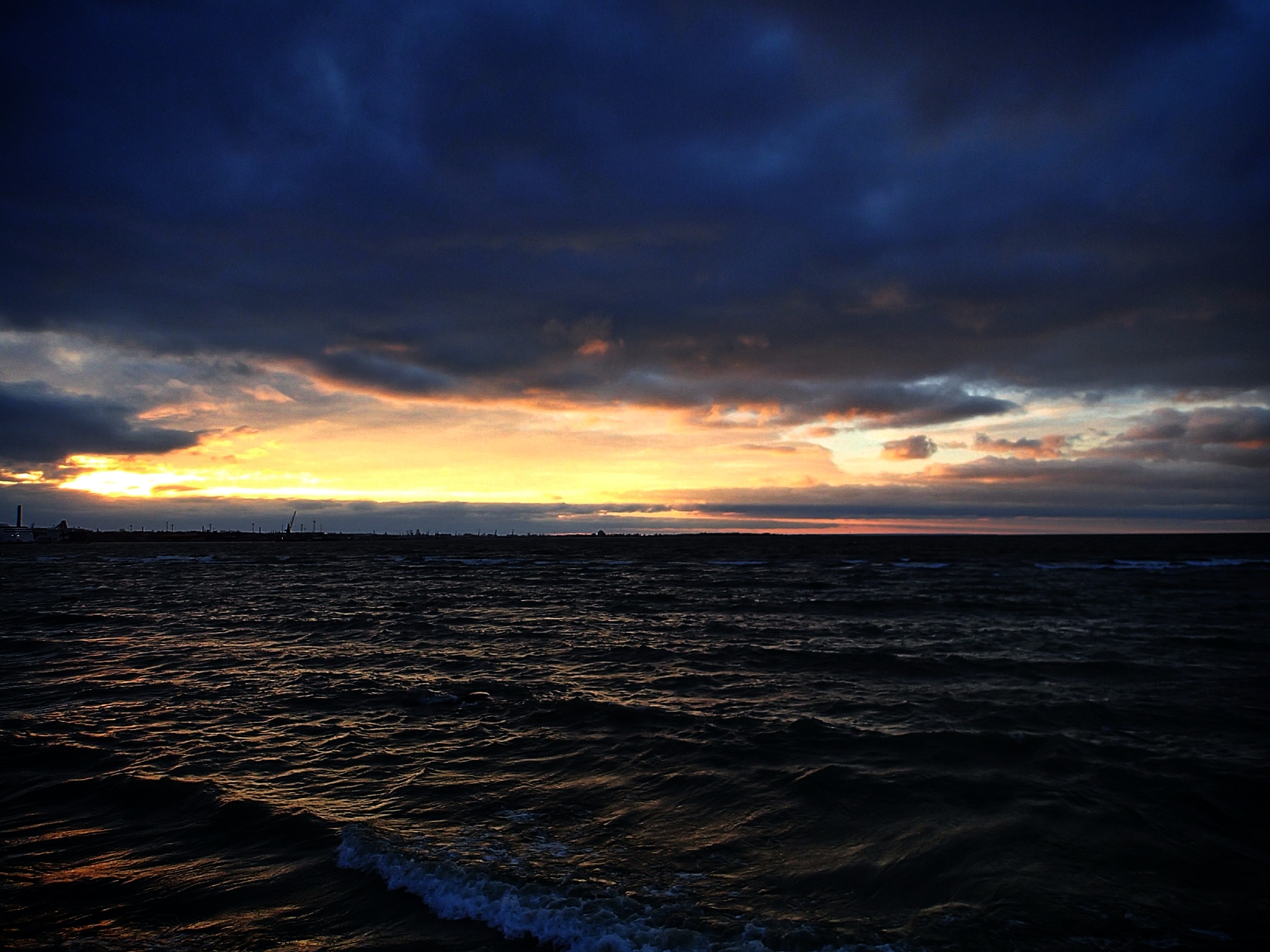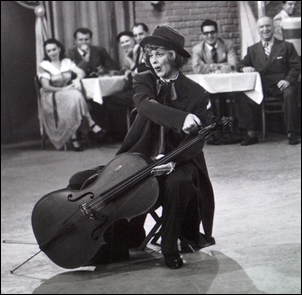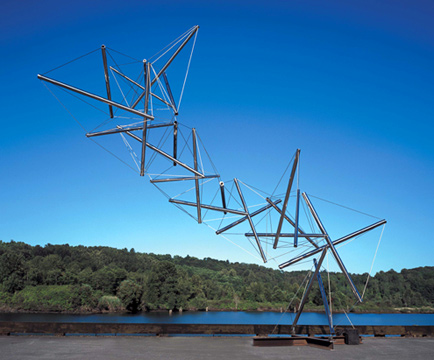In November, 2013, I gave a two-day workshop at the Trossingen music school in Germany, thanks to an invitation from Prof. Wolfgang Guggenberger. One of the participants, the young trumpeter Fynn Müller, wrote the article below for the music school's magazine.
"I don't know, but I have a pretty neck"
An Alexander Technique Workshop with Pedro de Alcantara
A special workshop took place at the conservatory. At the invitation of the trumpet class, the internationally renowned author, Alexander teacher and cellist Pedro de Alcantara gave a seminar on the basics of the Alexander Technique.
We, the participants – in addition to the students of the trumpet class, our number included guests from the trombone and the percussion class – had little or no experience or previous knowledge. We thus brought excitement, curiosity and a small measure of skepticism to the weekend. The first day involved group and partner exercises without instruments. The objective was not only to understand the principles of the Alexander Technique but to learn and experience them with our own bodies: the connection between head, neck, shoulders, spine, pelvis and the resulting changes in our habits of movement.
For one exercise, we leaned against a wall with outstretched arms and fingers. Question: with which body part are we actually supporting ourselves? We began to sense that all body parts are connected: the finger is connected to the hand – the hand to the arm – the arm to the shoulder – the shoulder to the back – the back to the hips – the hips to the legs and the legs to the feet and the ground. All parts of this chain are connected and work together to keep us balanced and poised.
In another exercise, we were asked to apply light pressure with our hand to the lower back of our partner. The partner was instructed to resist the pressure and not to allow himself to be pushed away. His “resistance” should be neither stiff nor relaxed. The aim was to achieve a powerful yet flexible energy balance. Rather than concentrating solely on the strength in his arm, the “pusher” was able to practice executing the movement with his whole body. Exercises such as these help to develop our body awareness. And we can then use this new awareness to execute all kinds of procedures. When we move, if we focus our attention on connections throughout the whole body, the movement becomes more natural, more organic and more powerful. Through attentiveness and presence, we gain a new ease of movement.
But the Alexander Technique is about much more than “just” harmonious movements or mastering a complex sequence of motions. A human being is an inseparable alliance of body and mind; work on one cannot be separated from work on the other.
Why do we tense up when we play a difficult passage? Why do we indicate the stresses with our head when we speak a complex rhythm? Why does our body tension go awry when we feel frightened or insecure? Internal emotional states (e.g. fear, insecurity) nearly always have an external physical “echo” and vice versa. When we feel overwhelmed, we become restless, think negatively or feel paralyzed. The Alexander Technique teaches us to maintain internal and external “poise” in such situations, to observe our breathing (there were many exercises on this, too) and to stay mindful. As a result, our perception remains in the moment and we do not allow ourselves to be ruled by insecurity or fear. The disquiet, the fear are there but we are able to perceive them calmly without “losing our heads.” This helps us to cope with difficult situations and deal better with stress, such as pressure to perform and stage fright.
On the second day of the workshop, the participants had the chance to give a performance or play audition pieces or a study. Then they were able to work with Pedro de Alcantara on applying the principles of the Alexander Technique to the practical situation with their instrument. Many mental “side issues” came up that negatively affect our work irrespective of problems with playing technique: how do I deal with my mistakes? What effect do my thoughts and emotions have on my inner calm and concentration? A trumpeter misses the high “E flat” in the Haydn concerto – and curses. The simple advice of Pedro de Alcantara is: “Don’t judge – perceive only.” Do not evaluate, do not classify with the labels “good” and “bad.” Perceive what is happening and do not deprive yourself of the power of clear thought by getting caught up in emotions. False, lacerating self-criticism, a reproachful inner judge can be damaging, too. Pedro de Alcantara’s “mantra” for such a situation is simple: “I don’t know / I can’t do – but I have a pretty neck!” This means: keep your outer and inner poise. A mistake or a failure does not make us “worse human beings” and our poised neck and head remind us of this. In this way, we gain the calmness, power and confidence to overcome our shortcomings.
Of course, experience of working on ourselves not only plays a role at the instrument. It affects our lives in general. The way we play our instrument (relaxed or tense, precise or imprecise, over-critical or superficial, etc.) reflects our personality. The Alexander Technique provides the opportunity to learn to deal with ourselves healthily – as musicians and people, in our physical movement and in our thoughts. In this respect, the course with Pedro de Alcantara was a considerable enrichment and an “integrated” course in the truest sense.
-- Fynn Müller
Translated from the German by Annie Edwards
Photos by Pedro de Alcantara





